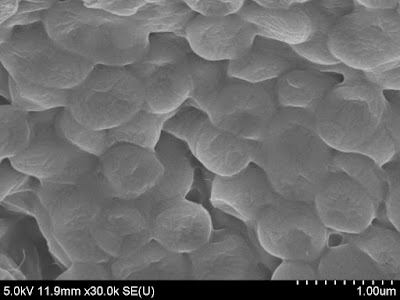Abstract
An aerobic, Gram
stain-negative, oxidase- positive and catalase-negative, non-motile,
non-spore-forming, rod-shaped, orange-pigmented bacterium designated strain R384T
was isolated from soil. Flexirubin-type pigments were present. A phylogenetic
analysis based on its 16S rRNA gene sequence revealed that strain R384T
formed a lineage within the family Chitinophagaceae
of the phylum Bacteroidetes that was
distinct from various species of the genus Niabella, including ‘Niabella thaonhiensis’ NHI-24T
(98.47% sequence similarity), Niabella aurantiaca DSM 17617T (96.89%
sequence similarity), Niabella drilacis E90T (96.63% sequence similarity), Niabella
hirudinis E96T (96.61% sequence similarity), Niabella tibetensis
15-4T (95.53% sequence similarity), Niabella soli DSM
19437T (94.81% sequence similarity), Niabella ginsengisoli GR10-1T (94.19% sequence
similarity), and Niabella yanshanensis
CCBAU 05354T (93.67% sequence similarity). The
major isoprenoid quinone was menaquinone-7 (MK-7) and major polar lipid was
phosphatidylethanolamine (PE). The major cellular fatty acids were iso-C15:0
(35.0 %), iso-C15:1 G (24.9%), summed feature 3 (C16:1 w7c/C16:1 w6c;
14.4%), and iso-C17:0 3-OH (12.6%). The G+C content of strain R384T
DNA was 44.7 mol%. DNA-DNA hybridization similarities between strain R384T
and other members of the genus Niabella
ranged from 26% to 55%. On the basis of phenotypic, genotypic, and phylogenetic
analysis, strain R384T represents a novel species of the genus Niabella,
for which the name Niabella pedocola sp.
nov. is proposed. The type strain of Niabella
pedocola is R384T (= KEMB 9005-329T = KACC 18454T
= JCM 31011T).
 |
| SEM: Niabella pedocola |










Good Work
ReplyDeletethanks
ReplyDelete